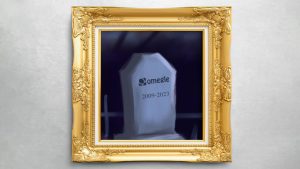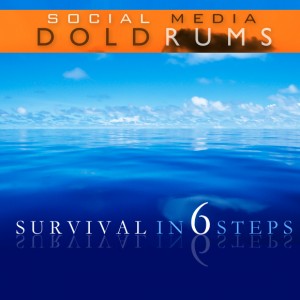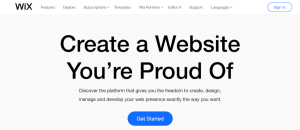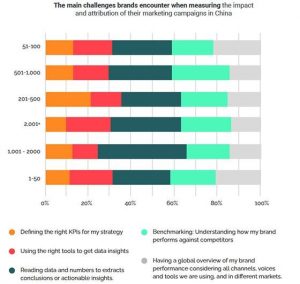Workplace productivity is a big issue for many organizations. In the United States alone, it is estimated that it costs companies around $ 650 billion per year. The biggest factor is the addiction to social media, but there are many other factors at play too. Unproductive meetings, lack of clear communication, improper planning and few others.
There are many steps you can take to reduce distractions and increase productivity. This infographic will focus on how you can increase productivity using visual communication and five different diagram types you can use to do that.
Why Use Visual Communication?
Before we go discuss the different diagram types lets discuss why you should pursue visual communication.
Visuals are much easier to comprehend (50% easier to be precise) and they tend to stick in the long-term memory. And if you have a diverse, multi-cultural organization which struggles with language barriers then visuals are a great way to overcome that too.
But here’s the most important fact. 90% of the information transmitted to the brain is visuals.
The above facts are mostly above process information. For more benefits check out this article about visual communication benefits.
Different Diagrams for Various Situations
Now that you know the benefits of visual communication let’s look at some diagram you can use to communicate effectively and be more productive.
Mind Maps
Although the term mind map is a relatively new one, humans have used mind maps for thousands of years. They are perfect for brainstorming sessions because you can easily connect different concepts and ideas. A basic mind map can be used as a meeting starter and then you can expand on it during the meeting. This makes sure that no ideas are lost and you can quickly visualize the connection between different ideas.
On top of that, they stimulate creative thinking and work both the left brain and the right brain.
Flowcharts
As the name implies flowcharts are used to visualize processes and flows. They are great to quickly run someone through your organizations’ processes. Flowcharts have different symbols which you can utilize to give additional information about the flow. But a basic flowchart with just decisions and processes should be sufficed for most processes.
Gantt Charts
Gantt charts are great to visualize the state of your project. It provides a higher level view of your project so you can make a decision quickly. You can see timelines, project completion progress, the dependency between tasks and also the resource allocation. All this data are available in one easy to understand visual.
Organizational Charts
Organizational charts provide a visual hierarchy of your organization. This makes it easy for anyone to find and contact the right person for any requirement. It clarifies different roles and their responsibilities. Top management can use it to identify gaps in their organization and plan future hiring decisions.
Fishbone Diagrams
Also known as cause and effect diagrams, they are great to find defects or inefficiencies in a process. Mostly used in industrial environments to identify they can be easily adapted to analyze any complex workflow.

The above infographic was created using Creately and the original version can be found at improving office productivity through visualization.
Digital & Social Articles on Business 2 Community(81)









